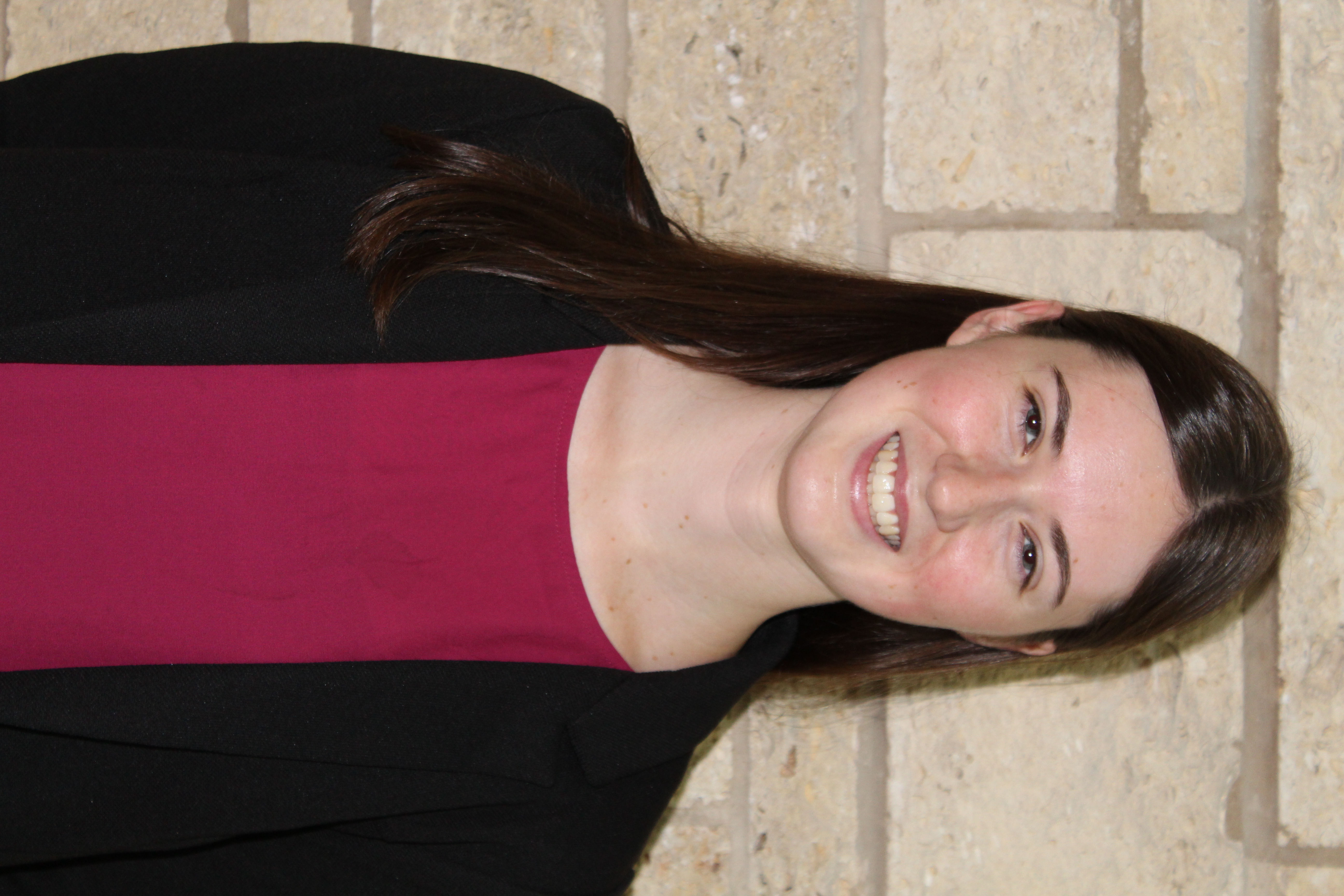Biomaterials
Design of a Custom 3D Printed Syringe for Hemostat Delivery
(C-111) Design of a Custom 3D Printed Syringe for Hemostat Delivery

Zanir Hirani
Undergraduate Student Researcher
Texas A&M University
College Station, Texas, United States
Sarah Hargett
Ph.D. Student
Texas A&M University Biomedical Engineering
Bryan, Texas, United States
Akhilesh K. Gaharwar
Professor
Texas A&M University, United States
Presenting Author(s)
Co-Author(s)
Last Author(s)
Noncompressible hemorrhage is one of the leading causes of preventable death1
due to major blood loss, the source of which is often difficult to find and access. This results in rapid onset of shock and requires surgical intervention to target the site of bleeding.2
Although syringes that inject cavity-filling polymer foams into the body are commercially available,3
they are typically designed for fine particles or fluids, rather than bulk, solid-material particles. This project aims to develop a method for the application of compressed shape memory polymer (SMP) foams that have been coated in a hemostatic hydrogel into a penetrating trauma.4
A custom syringe was designed and 3D-printed to consistently administer compressed square foams.
Materials and Methods:
Custom syringes were 3D-printed (Creality Ender-3 3D-Printer) using white polylactic acid (PLA) filament. The force required to expel hemostat particles with a side length of 10 mm and thickness of 1 mm was evaluated using a mechanical testing machine (ADMET MTestQuattro) by depressing the syringe plunger. The particles were stacked and then expelled with a speed of 3.5 cc/sec until a maximum force of 50 N was reached, below the maximum force (79.4 N) used to press down the syringe plunger with the thumb.5
These experiments were repeated for varying particle packing efficiencies ranging from 0% to 100%. Future experiments will consider the injectability of particles with various orientations within the syringe body, the capability for injection into a wound cavity, scalability to meet the needs of significant battlefield trauma, and sterilization of the device.
Results, Conclusions, and Discussions:
The syringe was 3D printed with 8g of PLA filament and featured a lip to hold a polyisoprene rubber cap (Fig. 1A and 1B) and an extension piece to ensure all hemostat particles were expelled (Fig. 1C). Injection testing results show that the device required the lowest average and peak force to expel the particles when there was 100% packing efficiency (Fig. 1D and 1E). We postulate that this is due to there not being force ramping up to compress the stacked particles inside the syringe before injection. At the time of presentation, the device’s cytocompatibility and injectability of disoriented particles will be quantified, along with a demonstration of injection into a deep cavity.
Preliminary results show that the 3D printing process utilizes very little material to fabricate a consistently functional syringe. With PLA costing cents for every gram, the fabrication of multiple syringes becomes very cost-effective. The syringe is usable and effective at injecting particles out of the barrel of the syringe with low forces, suggesting easy and effective delivery with one hand.
Acknowledgements (Optional):
References (Optional):
(1)
van Oostendorp, S.E., et al., Scand J Trauma Resusc Emerg Med. 2016;24(1):110.
(2)
Dong, R., et al.,
Natl Sci Rev, 2022;9(11).
(3)
Warriner, Z., et al.,
J Trauma Acute Care Surg. 2019;86(3):424-430.
(4)
Gaharwar, A.K., et al., ACS Nano. 2014;8(10):9833-9842.
(5)
Astin, A.D., Virginia Tech. 1999.
